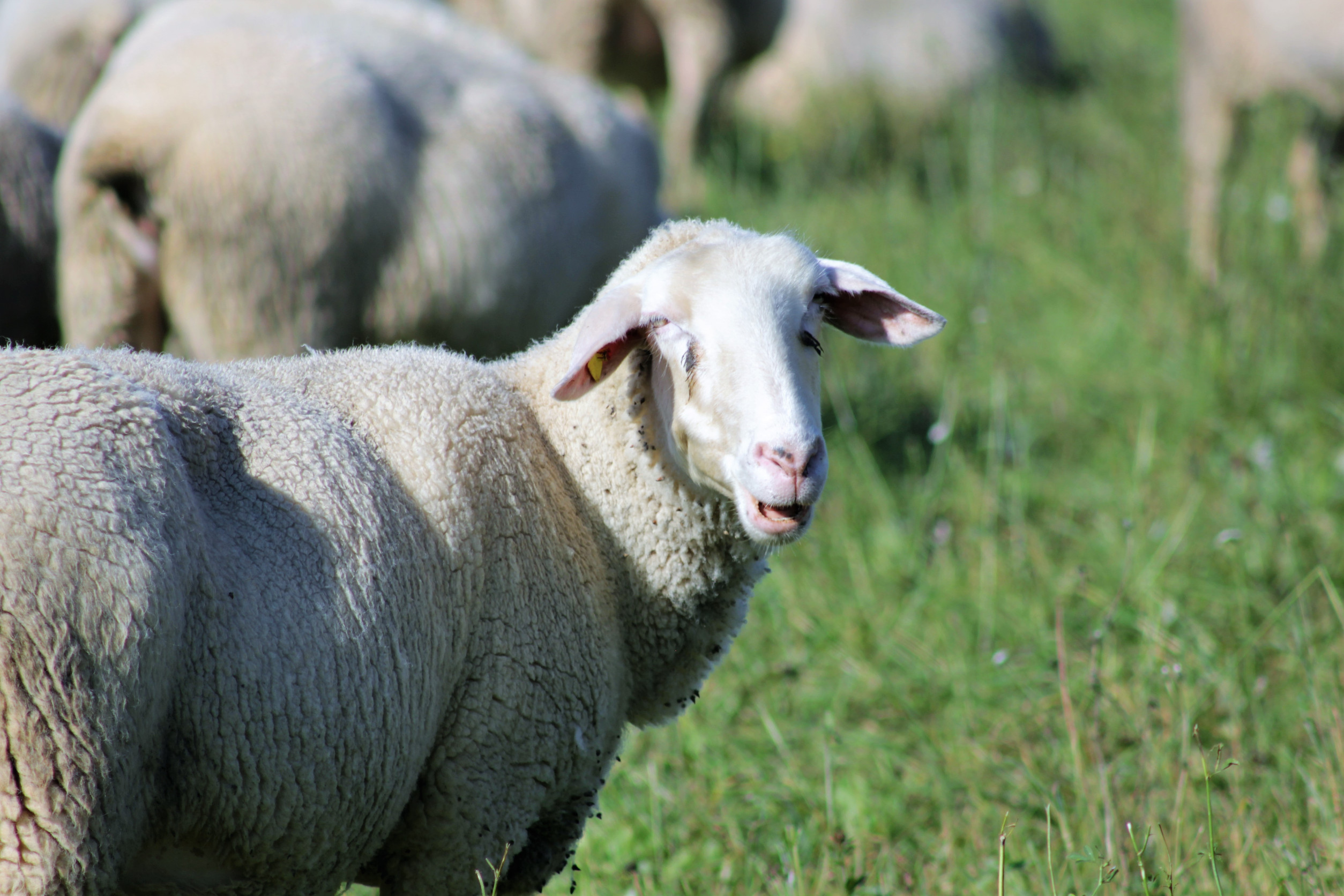The American West is heading into the dry season, but AI could help firefighters predict where fires are likely to break out for a less devastating fire season. A new deep-learning model maps out landscape dryness and the amount of burnable material across 12 states to get ahead of destructive wildfires.
Developed by researchers at Stanford University, the technology covers the area from Colorado, Montana, Texas, and Wyoming to the Pacific Coast. Previously, climate scientists assessed potential fire risk by taking samples from a small number of trees in a given area. This information was then added to the National Fuel Moisture Database to create a correlation between moisture levels and fire risk in a region. Now, the AI tool shows moisture level progression in a given area over several years and establishes a firmer correlation between weather and live fuel moisture.
The tool uses a recurrent neural network to identify patterns in large data sets. Researchers used the National Fuel Moisture Database in addition to synthetic aperture radar and imaging of visible light bouncing off Earth to create the model. With the help of precise satellites, the team could capture accurate moisture data over vast areas. They also accounted for different ecosystem types and varieties of plant species. For example, Southern California fires primarily burn chaparral and are fueled by Santa Ana winds. The tool takes all these environmental factors into consideration.
The result is an interactive map that fire agencies will eventually be able to use to more accurately plan prescribed burns and also foresee high-risk fire areas. With climate change exacerbating fire weather in the western US, tools like this are critical for getting ahead of destructive blazes and saving lives.












